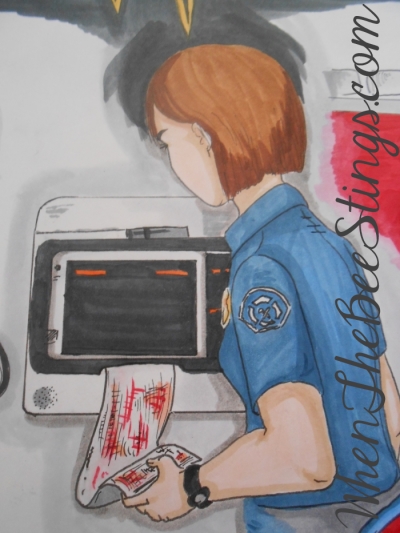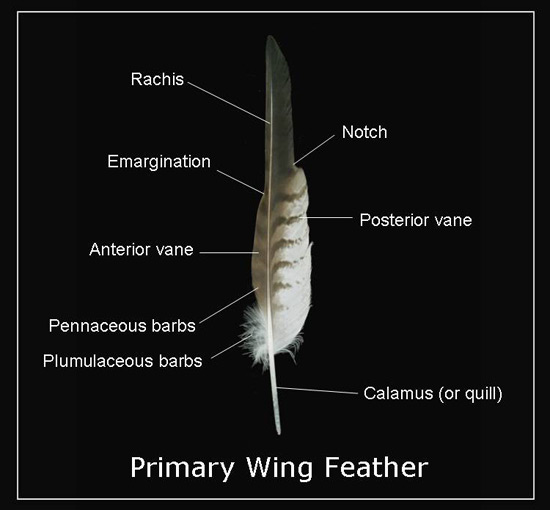My teen daughter is the president of our local Manga Club. She has taught craft sessions at our local library, teaching kids & teens how to start drawing & writing manga. Here is her list of Resources & Supplies for the Beginning Manga Artist.
A post of Beginning Manga Drawing: Tips & Beginning Manga Drawing: Digital Art is to follow.

Manga supplies used: Copic markers, Bee paper & Sakura Pigma-Sensei pens.
There are many people who want to start drawing manga, but have no idea where to begin. It might seem like professional manga artists use extremely advanced supplies to make their illustrations, but there are actually a few basic tools you can use to make amazing art. You do not need to be held-back by your budget.
Books:
Anything by Christopher Hart, but THE best is Manga For the Beginner. It teaches anatomy/perspective as well as character design and how to set up scenes. Hart’s books can range from the super beginner stage to more advanced, specific subjects (like drawing hands).
Other Christopher Hart books that are very good:
Kamikaze Factory’s Kodomo Manga: Super Cute! shows you the elements of making kodomo manga (manga for kids; think Pokemon) illustrations and also teaches you how to use Adobe Photoshop for illustrations. However, their steps can be used with other, non-digital mediums.
Kamikaze Factory’s Shonen Manga: Action-Packed shows you the elements of making shonen manga (manga for boys; think Dragon Ball Z) & has many of the same helpful resources as their Kodomo book does.
Your favorite manga or comics. You can’t draw manga without reading manga.
Online resources:
Printable manga and comic panels can help the beginning manga artist build an eye for how to lay out their stories & save time & frustration. DonnaYoung.org has over two dozen free printable manga panels in many different styles.
YouTube: You can look up tutorials for drawing manga, making comics, and viewing speed drawings. Watch the step by step videos and pause if you need more time to complete the step before moving on to the next.

Supplies: Copic markers, Sakura Pigma-Sensei pens, white printer paper, white colored pencil highlights.
I use .07 mechanical pencils for manga illustrations. You can buy pencils of various hardness for sketching or finished pencil
illustrations, the softer leads being particularly nice for shading.
However, if you plan on inking an illustration, a hard, sharp lead pencil works best.
Pens:
Inking:
My favorite manga inking pens are Sakura‘s line of Pigma-sensei pens. They come in sets of different sizes or individually. Sakura Pigma-sensei cost about $16 for a set of four, including a pencil and eraser.
Faber-Castell also sells manga inking supplies, their PITT artist pens. These take longer to dry than Sakura’s pens and tend to smudge when used with water or alcohol based markers.
You can also use Regular and Super Fine Point black Sharpies, but they don’t work with water or alcohol-based markers & they do bleed through the paper so their use is limited.
Coloring:
Copics markers are the industry-standard, alcohol-based markers. They dry quickly and don’t fade. The Copic website has tutorials & giveaways.
A slightly cheaper alternative to Copic are Prismacolor markers. They have many of the same properties as Copics do, and have the same restrictions when it comes to using them with inking pens (ie, you can’t use them with Sharpies or Faber-Castell’s pens.)
You don’t have to buy markers that specifically say “Manga Markers” on them. This is the company marketing to the new niche.
Paper:
The Bee Paper Company sells paper specifically for manga illustrations, and they come in many different sizes.
But you don’t have to buy paper that says it’s specifically for manga. I use white, heavy duty, 8×11.5 printer paper for manga illustrations. Card stock is heavier and more durable. These are cheaper alternatives that work just as well. You want smooth paper, with no texture.
For sketching, use whatever scrap paper you have around. The back of homework, your place-mat at the restaurant, whatever. It takes a lot of practice & paper to hone your art!
Erasers:
Vinyl (white) erasers are soft and erase cleaner than standard erasers, making them desirable when it comes to erasing pencil lines after inking an illustration. Pink erasers (like you might use at school) are good for sketches. There’s no specific brand that appeals to me, so whatever is cheapest is the best bet.
Gum and kneaded erasers are meant for powdery graphite and charcoal illustrations and don’t really suit the knead (pun intended) of many manga artists.
Time:
But, however many cool supplies and tools you have, the most important thing is to take the time to improve yourself. Nobody is born an artist. Time & practice are the most important supplies for any artist, you just can’t see the hours of daily work your favorite manga author has put into their craft. Every artist has a trash can full of crumpled up papers.
It takes time, determination, and tenacity to improve your skills. There will be times when you get bored of it, when you are downcast by the skills of others, when you want to quit. Just remember that someday, if you stick with it and work hard, you can be the manga artist that others look up to.
There are links in this post that are Amazon Associate links & I receive a percentage of sales made after clicking those links. My opinions aren’t biased by this. All proceeds received from my Amazon Associate account go towards the kids’ homeschooling materials & supplies.



